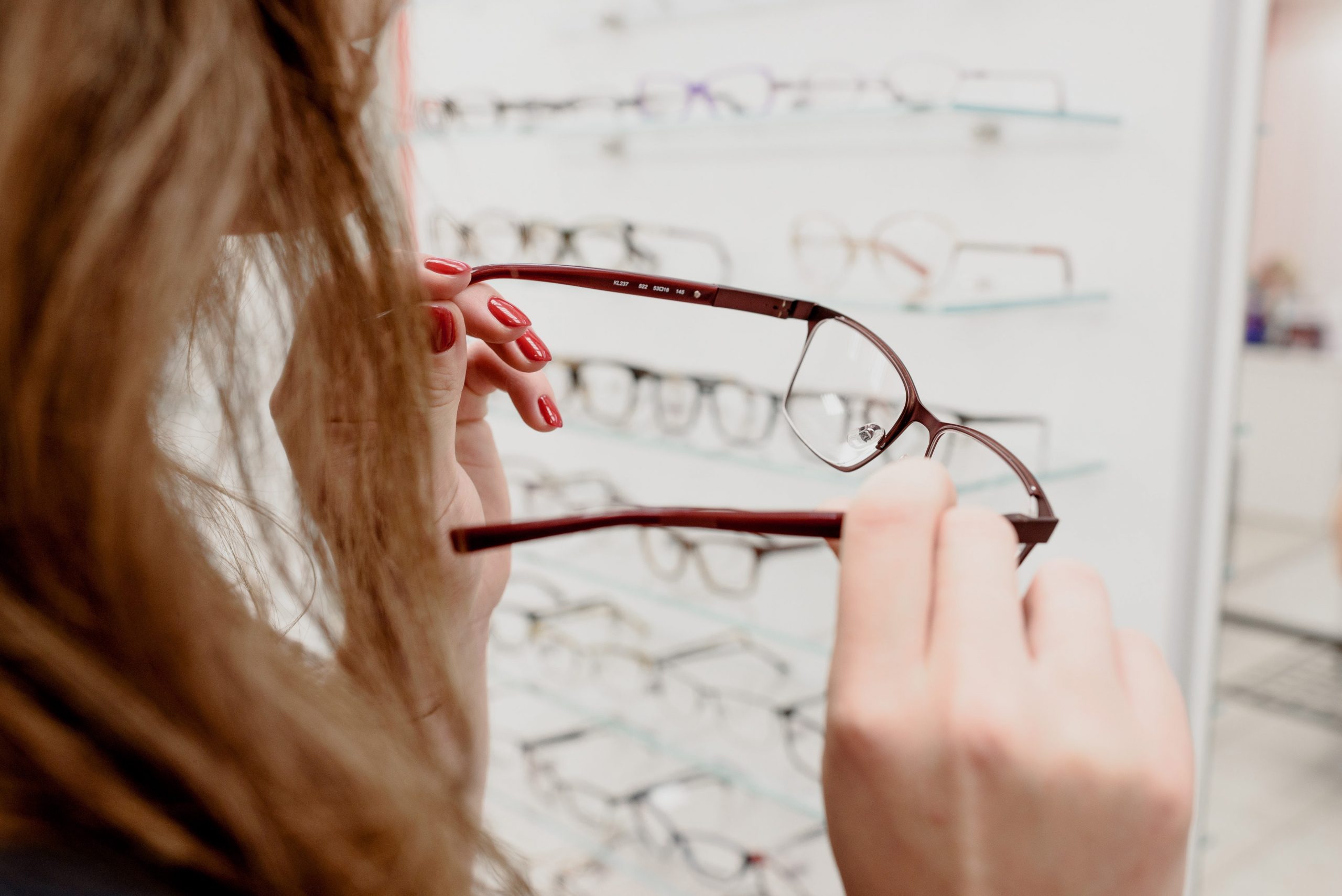OA Corner Part 2: Communication
In this month’s article, we will be looking at how communication skills can be used to maximise successful patient encounters.
Firstly, take a few minutes to think how a patient might be feeling when they visit your practice for an eye examination. Some people may be feeling excited about having an eye exam and choosing new spectacles. Others may be feeling anxious or nervous; for example, they might be worried about their vision and what might be found during the eye examination.

Not all patients are excited about choosing new eyewear
It is quite common for patients to feel anxious about choosing new spectacles. I have had many patients over the years tell me that they hate choosing frames as they don’t know what suits them, and are afraid of making a costly mistake.
How is your patient feeling?
How you present yourself during the initial encounter with a patient will often determine the outcome. So, how can you tell if that patient walking through the door is excited or anxious?
There are many clues to how a person is feeling, both verbal and non-verbal. Facial expression is the obvious one: an excited patient will most likely be smiling, whereas an anxious patient will have a worried expression. They may have a slight frown, for example, or they may be biting their lower lip.
Eye contact is also another indicator. An excited, confident patient will make regular eye contact, whereas and anxious patient will look everywhere but in your eyes. Body language is also important.
An excited patient will also demonstrate ‘open’ body language, so their arms will be relaxed by their sides rather than folded across their chest. They may make hand gestures as they speak to illustrate a point, rather than having clenched fists.
A worried patient will fidget more, demonstrating a greater degree of anxiety. Tone of voice is also important: an anxious patient will speak more quietly and may mumble.
Power of body language
If you are aware of these clues to how a patient might be feeling, you can adjust your body language accordingly, which will result in a successful communication encounter. So, what should you do?
Firstly, pay attention to how you present yourself. Dress smartly and ensure you are clean, neat and tidy. First impressions are important, and these will either create trust or doubt in your abilities from the first encounter with your patient.
Secondly, be mindful as to how your patient might be feeling. Look out for the cues described above and act accordingly. Mirroring is a useful tool in communication. It means that you mirror the body language of the person you are communicating with, to help to build empathy and create a bond between you.
So, if a patient is clearly anxious and talking quietly, it is best not to talk loudly back to them. Speak in a calm, confident tone and this will help to relax them.
You know you have built a good rapport with someone if their body language is the same as yours. If you smile at someone, they will smile back. Try mirroring (copying) someone’s body language and see what happens. So, if the person you are talking to touches their ear, touch yours. If they fold their arms, fold yours.
Don’t make obvious movements – be subtle. Then try leading with your body language and see if the person copies you. If they do, you know you have built a good rapport.
Once you have gained the trust of your patient the encounter will be less stressful and more enjoyable – for both of you.
In OA Corner Part 3 next month, we will look more closely at communication strategies.
Sue Deal FBDO R is a practising dispensing optician, ABDO College examiner, senior tutor and supervisor for dispensing opticians. She is also a practice visitor and external moderator for ABDO.
Read OA Corner Part 1: What makes a good OA – here.